The Science of Human Chronobiology
Introduction
Human Chronobiology is a branch of biology that studies the internal biological clocks of humans. These biological clocks regulate various physiological processes, including sleep-wake cycles, hormone secretion, body temperature, and many other bodily functions. Understanding these rhythms and how they are affected by external cues such as light and temperature can have significant implications for health and disease.
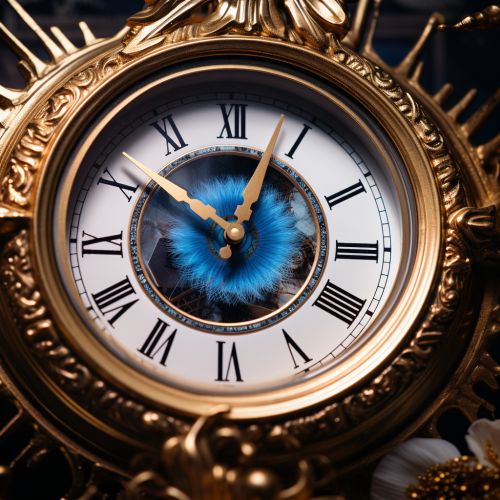
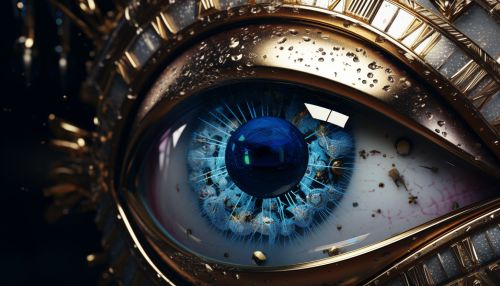
Biological Rhythms
Biological rhythms are regular fluctuations in any living process. In humans, these rhythms can be observed in various physiological processes such as the sleep-wake cycle, hormone secretion, and body temperature. These rhythms are driven by internal biological clocks, which are synchronized with environmental cues such as light and temperature.
Circadian Rhythms
Circadian rhythms are biological rhythms that have a period of about 24 hours. They are driven by an internal biological clock located in the suprachiasmatic nucleus (SCN) of the hypothalamus. The SCN receives light information from the retina and synchronizes the body's rhythms with the light-dark cycle.
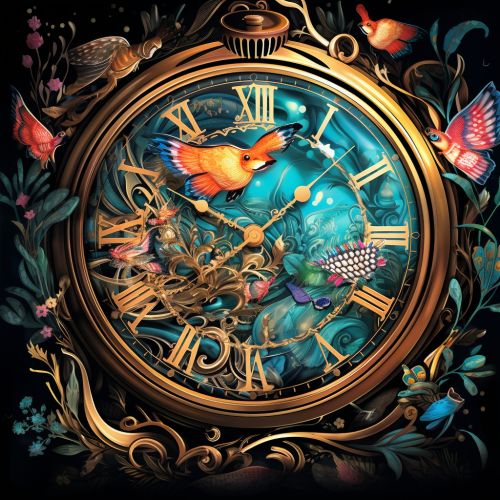
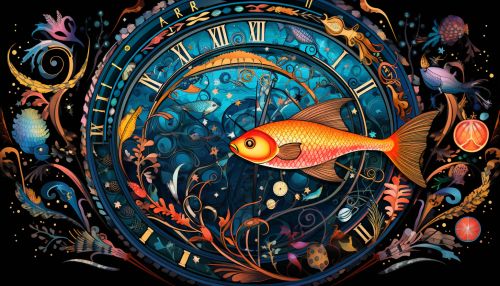
Ultradian Rhythms
Ultradian rhythms are biological rhythms with a period shorter than 24 hours. They include rhythms such as the 90-minute REM-NREM sleep cycle, the 4-hour nasal cycle, and the 3-hour cycle of growth hormone production.
Infradian Rhythms
Infradian rhythms are biological rhythms with a period longer than 24 hours. They include rhythms such as the menstrual cycle and the seasonal affective disorder cycle.
Biological Clocks
Biological clocks are internal timekeeping mechanisms that drive biological rhythms. They are composed of a network of genes and proteins that interact in a feedback loop to produce oscillations of gene expression.
Suprachiasmatic Nucleus
The suprachiasmatic nucleus (SCN) is the master clock in humans. It is located in the hypothalamus and receives light information from the retina to synchronize the body's rhythms with the light-dark cycle.
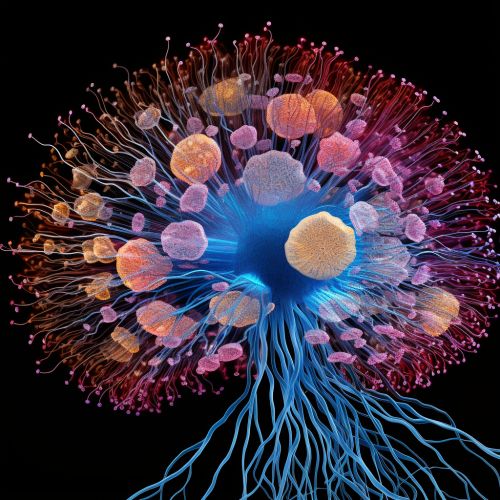
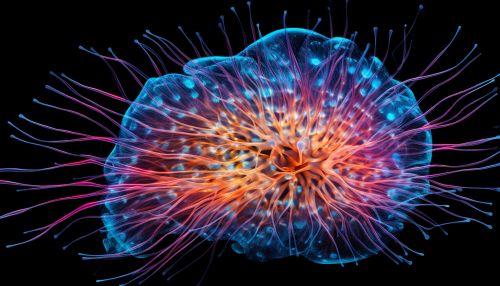
Peripheral Clocks
In addition to the SCN, there are also peripheral clocks located in various tissues throughout the body. These peripheral clocks are synchronized by the SCN and regulate local tissue functions.
Chronobiology and Health
Disruptions to biological rhythms and clocks can have significant health implications. For example, shift work and jet lag can disrupt circadian rhythms and increase the risk of various health problems, including sleep disorders, cardiovascular disease, and cancer.


